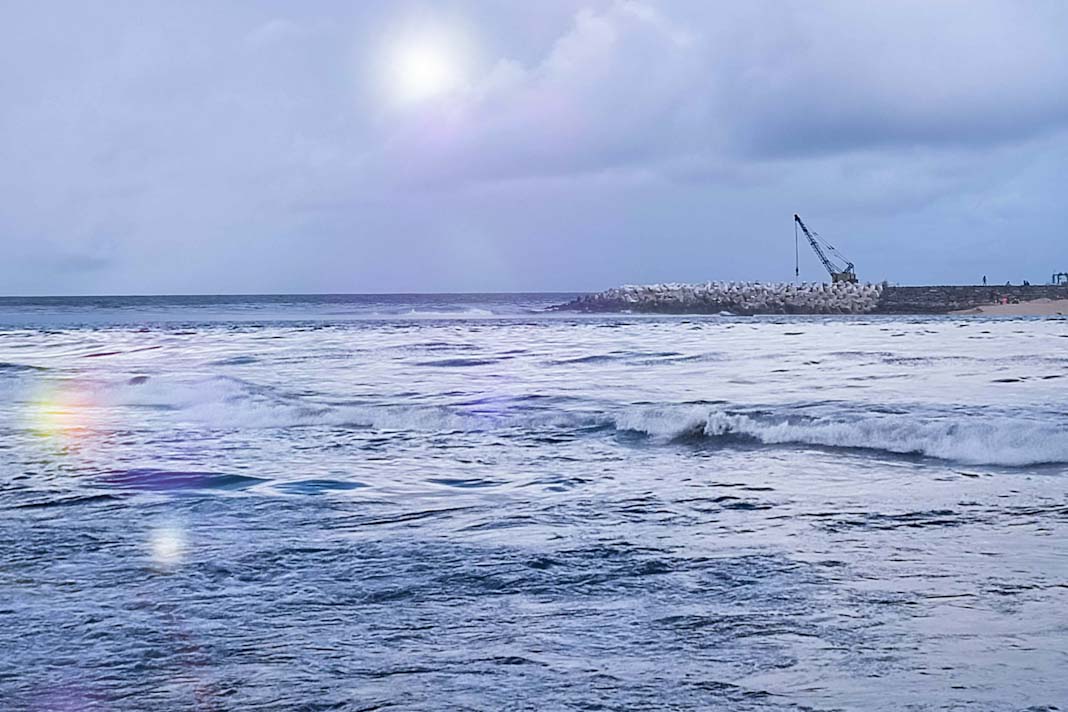
The maritime industry is in the midst of a transformative shift, focusing on boosting energy efficiency and cutting down greenhouse gas (GHG) emissions. Central to this evolution are key initiatives (EEXI, CII) by the International Maritime Organization (IMO). While the Energy Efficiency Existing Ship Index (EEXI) focuses on setting technical standards to ensure ships meet specific energy efficiency requirements, the Carbon Intensity Indicator (CII) Rating assesses the operational performance of vessels to promote continuous improvement in their carbon emissions, reports Marine Insight.
What is EEXI?
The EEXI is a measure designed to evaluate the energy efficiency of existing ships. It applies to all vessels with a gross tonnage of over 400 tons and is part of the IMO’s broader strategy to cut GHG emissions from shipping by at least 40% by 2030 compared to 2008 levels. EEXI came into effect on 1st January 2023. Consider the EEXI as a benchmark for evaluating your ship’s energy efficiency.
The EEXI is similar to the Energy Efficiency Design Index (EEDI), but while the EEDI applies to ships that are built on or after 1st January 2013, the EEXI is retroactively applied to the existing fleet.
How is the EEXI Calculated?
All EEXI calculations must be conducted per IMO MEPC Guidelines. To comply with the EEXI, each ship needs to carry out technical or operational advancements. Here’s a simplified breakdown of how this works:
- Attained EEXI: This is a measure of your ship’s actual energy efficiency. It’s calculated based on the ship’s design and operational data.
- Required EEXI: This is the benchmark or target your ship needs to meet as per IMO Guidelines and requirements. It’s based on the EEDI baseline, adjusted with a reduction factor that depends on the type of vessel.
The goal is to ensure that your vessel’s Attained EEXI is equal to or better than the Required EEXI.
Relevant Guidelines for EEXI Calculation
The relevant guidelines of EEXI regulation were adopted at MEPC: Index of MEPC Resolutions and Guidelines related to MARPOL Annex VI (imo.org)
Guidelines on the Method of Calculation of the Attained EEXI (MEPC.350(78))
- Provides a comprehensive method for calculating the attained EEXI.
- Specifies parameters that differ from those in the EEDI Calculation Guidelines.
Guidelines on Survey and Certification of the Attained EEXI (MEPC.351(78))
- Outlines the process for surveying and certifying the attained EEXI.
- Details of the contents required in the EEXI Technical File and additional information needed for EEXI verification.
Guidelines on the Shaft/Engine Power Limitation System and Use of a Power Reserve (MEPC.335(76))
- Defines the technical and operational conditions the SHaPoLi/EPL system must meet to comply with EEXI requirements and utilize a power reserve.
- Lists the necessary contents to be included in the Onboard Management Manual (OMM).
Fleet Assessment and EEXI Calculation
- Start by assessing your fleet to understand each vessel’s current energy efficiency.
- Utilize the EEXI calculation tools provided by classification societies, which help identify which vessels fall short of the required efficiency standards and need modifications.
- Consider engaging with specialized service providers, like AZOLLA who offer comprehensive EEXI calculation, Technical File, and OMM document preparation services. AZOLLA’s experts can assist in ensuring your vessels meet the required energy efficiency standards.
Technical Modifications
If a vessel does not meet the required EEXI, you may need to make modifications. Common adjustments include:
- Overridable – Engine Power Limitation (EPL) and Permanent Power Limitation: Reducing the maximum power output of the engine.
- Energy Efficient Technologies (EETs):
- Propeller Modifications: MEWIS Duct, Propeller optimization, Controllable Pitch Propellers (CPP), Propeller Boss Cap Fins, etc
- Hull Modifications: Bulbous Modifications, Air lubrication, and Hull Form Optimization.
- Rudder Modifications: Energy-Efficient Rudders and Rudder Bulbs.
- Pre-Swirl Devices
- Waste Heat Recovery Systems: Exhaust Gas Economizers and Turbo Generators.
- Advanced Energy Management Systems
- Wind-Assisted Propulsion: Flettner Rotors and Kites.
- Air Conditioning and Refrigeration Upgrades etc.
- Operational Changes: Optimizing how the vessel is used to improve efficiency such as
- Speed Optimization,
- Voyage Planning and Route Optimization,
- Trim and Ballast Optimization,
- Regular Hull and Propeller Cleaning,
- Engine Performance Monitoring and Tuning, Power Management Optimization,
- Fuel Type Switching,
- Energy Awareness Training for Crew,
- Use of LED Lighting,
- Insulation Improvements etc.,
- Technical innovations such as
- Hybrid and Electric Propulsion Systems,
- Fuel Cell Technology,
- Digital Twin Technology etc., are being developed to meet energy efficiency requirements.
- These modifications can help your ship achieve the required energy efficiency and comply with the EEXI standards.
Certification and Documentation
- Ensure that the EEXI Technical File, which includes calculations and evidence of compliance with the EEXI requirements and Onboard Management Manual (OMM) is prepared and reviewed by the Class.
- The vessel must undergo a survey to obtain the International Energy Efficiency (IEE) Certificate.
Continuous Monitoring and Compliance
- After certification, ongoing monitoring of the vessel’s performance is crucial. Digital platforms from class societies and other service providers can provide real-time data on energy efficiency, helping you manage and address any issues promptly.
Training and Awareness
- Regular training for crew and shore-based staff is essential. Ensure that everyone is knowledgeable about the EEXI regulations and best practices for maintaining energy efficiency.
- Stay engaged with industry forums and updates to keep abreast of any regulatory changes.
- Aligning with IMO MEPC Guidelines
- In addition to EEXI compliance, vessels should align with the IMO Marine Environment Protection Committee (MEPC) guidelines. This includes creating and updating a Ship Energy Efficiency Management Plan (SEEMP). The SEEMP outlines strategies for improving operational efficiency, such as:
- Optimized Voyage Planning: Planning routes to reduce fuel consumption.
- Speed Reduction: Adjusting speeds to lower energy use.
- Replacement of Fossil Fuels: Using fuels with lower environmental impact where feasible.
Did you subscribe to our daily Newsletter?
It’s Free! Click here to Subscribe
Source: Marine Insight
















